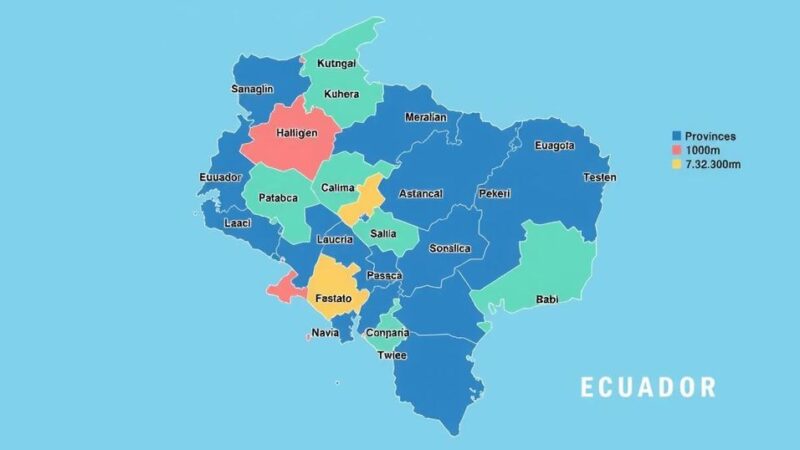This article features predictions from eight political columnists regarding the likely outcomes of the upcoming election, examining the dynamic landscape of swing states and key congressional races. Commentary includes reflections on past election cycles, the influence of polarization, and the significance of voter turnout on pivotal issues. Despite varied predictions, a general sense of uncertainty prevails as various factors could ultimately sway the results.
In anticipation of the upcoming election, various columnists provide their insights regarding potential outcomes for the presidential race and control of Congress. Notably, James Hohmann expresses reluctance in making predictions amidst a fluid election environment, emphasizing that his prior belief in a Donald Trump victory is now tempered by recent events. Karen Tumulty reminisces about her mistaken confidence in the 2016 election, while Eugene Robinson reflects on the inherent difficulties of forecasting future events. The conversation highlights the contraction of the electoral map, with a significant reduction in competitive states. Karen notes that only seven states are genuinely in play this year, a stark contrast to the fifteen states in contention during the previous election cycle. This reduction is attributed to increasing polarization within the electorate and a lack of influence from third-party candidates. As the discussion progresses, Hohmann and Tumulty delve into state-specific predictions. Hohmann anticipates challenges for Harris in pivotal states like Nevada and Wisconsin, where he observes that both candidates have strong arguments for victory. Gene Robinson emphasizes the potential impact of issues such as reproductive rights, which he believes could resonate with voters more deeply than anticipated. The discourse continues with a nuanced analysis of Congressional races, particularly the contest in Texas involving Ted Cruz. There is speculation about the Democrats’ chances, underscored by Karen Tumulty’s observations of Cruz’s campaign activities. She highlights the enthusiasm observed at Cruz events as a possible indicator of continued Republican strength in the state. Polls are mentioned as a key element in understanding voter sentiment, with the writers noting that little variation has occurred in polling data across swing states despite substantial investment in campaigns. Karen Tumulty and Gene Robinson suggest that Trump’s claims of electoral fraud may ultimately backfire, echoing experiences from previous election cycles.
The article presents a collection of predictions and insights from political commentators regarding the outcomes of an upcoming election, particularly focusing on the presidential race and the balance of power in Congress. It reflects on the complexities of election forecasting, given the volatile political climate and changing voter sentiments. The commentary also discusses the contraction of swing states compared to the previous election and highlights key issues influencing voter behavior this election cycle.
The predictions regarding the election illuminate the complexities and uncertainties surrounding the upcoming vote. While commentators express cautious opinions, they reveal a consensus on the volatile nature of the electoral dynamics, influenced by a range of factors including polarization, historical voting patterns, and emerging issues such as reproductive rights. Ultimately, the outcome remains uncertain with the possibility of unexpected results.
Original Source: www.washingtonpost.com






